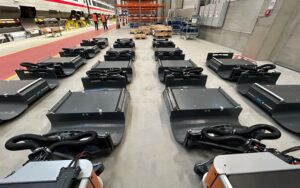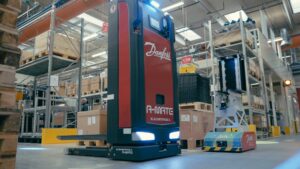The challenge of improving Supply Chain performance is that it is often measured separately in sub-processes and the impact of minor-looking changes on the logistics total cost is nobody’s responsibility. In the worst case you can implement new development projects where the performance is improved in one area, but in the wider Supply Chain, this improvement only creates more total costs.
At K. Hartwall we want to listen and understand our customers’ needs. With the accumulated experience from different industries and markets we are capable to identify new saving potentials. The first step of any development is to identify the overall logistic cost structure. It is also crucial to realise that sometimes you can add little costs to one step of the supply chain if that brings you significant savings in other phases.
To understand our customer’s logistics operations and cost structure we have developed a Value Analysis Tool. It calculates current supply chain costs of:
- Labour
- Transportation
- Reverse logistics
- Facilities
- Material & waste
- Product shrinkage
- Health & Safety
- Repair & maintenance
The Value Analysis Tool compares the current costs listed above to the operating costs with alternative load carrier solutions. This comparison is used to calculate the financial effect of an investment to the new improved solution. The calculations are completely transparent for the customer. They are always based on customer-specific figures as well as K.Hartwall’s benchmark database of industry standards and averages.
The calculation results are naturally only a simplification of the real life and, therefore, cannot take into account all the possible variables of each logistic process. However the Value Analysis method adds real value by increasing customer’s knowledge about the cost structure of their supply chain and the phases, where the optimal choice of load carrier has the biggest impact on the total logistics costs. If and when there is a significant cost savings potential the next step is to verify the calculations in a pilot project with limited scale (e.g. with certain product groups or selected DC’s and stores) before launching a new concept in full scale.
In today’s rapidly changing multichannel environment what worked yesterday might not be optimal any longer. We are willing to work with you to create solutions that last over time through modularity, flexibility and above all through innovation. If you are facing challenges or just wanting to have a longer perspective on the future, let’s sit down and identify together your critical development points.



